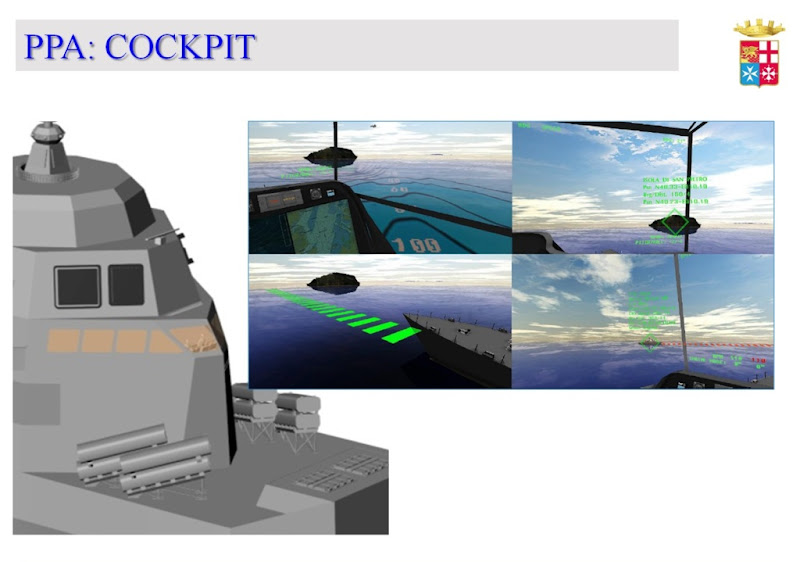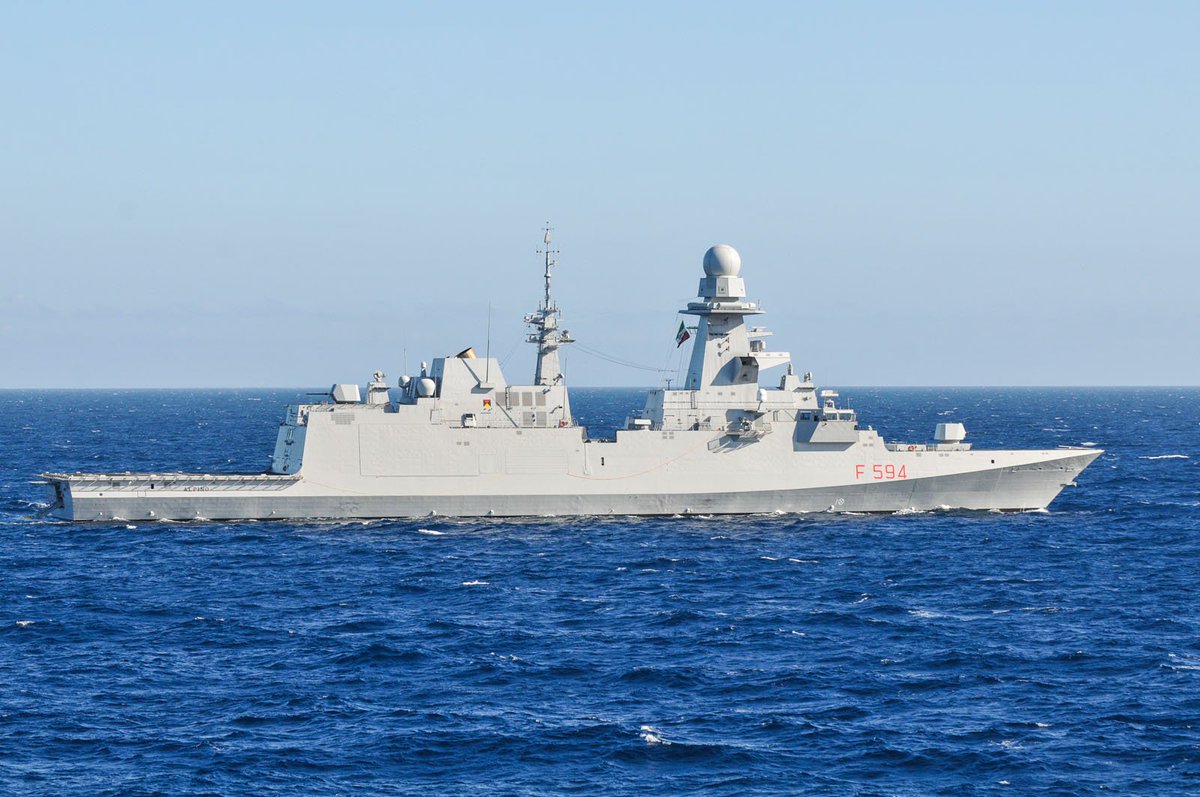Hello ASSAIL
The offer at $30Billion was for unmodified, off-the-shelf vessels. I'm sure they would be quite willing to outfit the ships with Canadian systems and such, but that would require design work, and likely major structural modifications, and those items are NOT included in the $30Billion. There is no evidence this approach would be any cheaper than any of the other designs.
Here is an interesting read, that gives a bit of detail on the current approach being taken to evaluate and select a design:
Speaking notes for National Shipbuilding Strategy technical briefing on Canadian Surface Combatant request for proposal – National Shipbuilding Strategy – Sea – Defence Procurement – Buying and Selling – PSPC
Here is the official response to the FREMM offer:
Update on the Canadian Surface Combatant Request for Proposals - Canada.ca
I have carefully read both docs and my impression is that a more complex process could not have been designed.
The good things first, it seems Canada is committed to 15 hulls and that steel will be cut in the early 2020's. Second the process will select an existing design and design team and to a large extent, the original systems and equipment that have been designed into the ship (as proposed by Fincantieri by the way)
However it then gets murky and convoluted IMHO.
There is a positive statement which says that"to be clear no proven off the shelf design will satisfy Canadian requirements without modifications". I'm struggling to understand what makes Canadian requirements so unique when their stated CONOPS is ASW operation in the N. Atlantic - similar to other NATO navies.
Irving seems to have gained some God like position with the Defence Department and from the article it's almost as if Irving have the final say on which design is chosen, I find this extroordinary. Where does the RCN get to decide what capability is needed? It's Irving and the government holding extensive industry engagements, bids are submitted to Irving for evaluation and it's Irving who decides "value proposition" whatever that's got to do with capability of a warship.
What I find difficult is that the designer and builder of many of the bidders is not given the prime contract, we learned this in Australia. By all means build at Irving and subcontract most of the work but the Prime should be the designer.
The government has appointed a "Fairness Monitor" really, are they scared that the losing team will sue? Creating civil service jobs seems to be a priority.
The process is so entangled that its no wonder three bidders pulled out and one of the largest shipbuilders in the world with 20 yards world wide, Fincantieri, chose not to partake. The compliance costs for the bidders must be enormous and therefore that will artificially flow through to the taxpayer.
Surely there could have been a more logical and straightforward way.
I'm not an expert in defence procurement and I have no experience in build contracts so all the above is a view from a curious observer.






